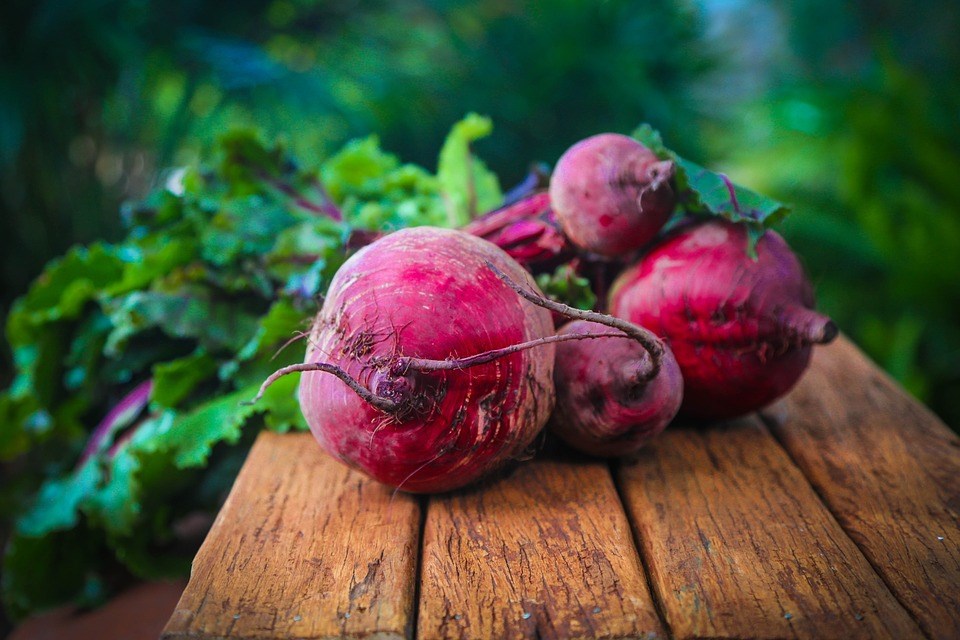Winter is coming.
Perhaps not as violently as it is in Game of Thrones, but it is coming nonetheless.
But that doesn’t mean market season is over. Far from it. The Port Moody Market is in full swing now, with an average of 30 vendors each week. Best of all, there are still produce vendors. Winter squash, anyone?
One of my favourite squash recipes is a butternut squash and caramelized onion lasagne. Simply peel, dice and roast a small butternut squash, slice and sauté two onions with a clove of garlic and one teaspoon of thyme until they turn a lovely caramel colour, and use this as a filling between layers of lasagna noodles. Cover the top with cheese of your choice and pour a jar of alfredo sauce over the top. Bake until all bubbly and beginning to brown. So good.
Winter squash is a hardy vegetable. They keep well for several weeks in a cool, dry spot. Native to Central America, winter squash differ from summer squash in that the seeds inside have fully matured and the skin has become a tough rind. They are ideal for cooking, especially roasting. It can be as easy at cutting the squash in half, taking out the seeds and roasting in the oven with a liberal dose of olive oil and a bit of salt. They can be stuffed, too, making them ideal for vegetarians. A simple stuffing of canned lentils, some sautéed vegetables and perhaps some cheese is an easy meal.
Nutritionally, winter squash are a good source of fibre, vitamin C, magnesium and potassium as well as beta carotene, which the body converts into vitamin A. And since eyesight is so important, you can eat squash if you don’t like carrots.
Squash is not the only vividly coloured vegetable available this time of year. Nutritionists always tell us to eat the rainbow, so now is a good time to add beets and kale to your diet.
Beets come in a variety of colours, too; deep red, golden yellow and candy cane striped are some of the ones you will find at market.
Beets are super high in folate, or vitamin B6, and manganese. Besides producing energy for the body, the B vitamins also have several other uses; B complex vitamins are often looked at as the metabolic enhancers. They are responsible for the way your body unlocks the energy in food to be able to utilize the nutrients effectively, assist in hormonal optimization, cell health and energy utilization (according to LiveScience.com). Manganese is required for the normal functioning of your brain, nervous system and many of your body’s enzyme systems (source: healthline.com). Beets are great roasted, raw or pickled. Forstbauer Farm is my go-to source for beets. They grow theirs organically and biodynamically, and they taste good. And that is high praise as I am not a beet fan.
And then there is kale — beautiful, deep green kale. This is another vegetable that can be cooked or eaten raw. It is a nutritional powerhouse, too. Along with folate and vitamin A, kale is a source of protein and fibre. Try some kale chips from The Raw Guy. Brian dehydrates the kale into yummy, crunchy chips in all kinds of flavours. Dehydrating the kale keeps the enzymes alive, making it that much more beneficial for you.
All in all, it is still possible to eat fresh and locally during the winter season. Stop by and check it out.
Take note of our upcoming floral workshop Dec. 16 and don’t forget the Coquitlam Christmas Farmers’ Market Dec. 8. All your favourite vendors will be there, along with carollers, food trucks, kids activities and a Paint Star party.
Karen Curtis is the Lemonade Lady (www.kicslemonade.ca and kicslemonade.blogspot.ca) at the Coquitlam and Port Moody farmers markets. Her column runs monthly.
•••••••••••
A SEASONAL SALAD
I found this recipe on Pinterest and adapted it (from the original at fromachefskitchen.com) to use both beets and squash. It is delicious.
QUINOA & KALE SALAD WITH ROASTED BEETS, SQUASH, WALNUTS & HONEY-LEMON DRESSING
Prep time: 45 minutes plus roasting time for vegetables
Serves 6
INGREDIENTS
SALAD
1 bunch kale, stems removed and thinly sliced
1 tbsp olive oil
salt and freshly ground black pepper
4 cups cooked quinoa (approximately)
1 medium beet, peeled, cubed and roasted
1 cup diced winter squash, roasted
1/2 small red onion, finely chopped (about 1/2 cup)
1/2 cup coarsely chopped walnuts (toasted if desired) plus a few more to sprinkle over salad
DRESSING
1/2 cup fresh lemon juice
1/3 cup extra-virgin olive oil
1 heaping tbsp Dijon mustard
1 tbsp honey (or to taste)
2 cloves garlic, minced
salt and freshly ground black pepper, to taste
DIRECTIONS
• Salad: Combine kale, olive oil and salt and black pepper to taste in a large bowl. Gently massage the kale to soften and wilt it slightly. Add quinoa, beets, squash, onion and walnuts and toss to combine.
• Dressing: Whisk together dressing ingredients in a small bowl. Pour over salad and mix well. (You can, alternatively, omit the lemon juice and honey and — shameless plug here — simply use KICS.)
• To serve: Place in a serving bowl and sprinkle with additional coarsely chopped walnuts.
• Note: Roast extra squash and beets to have on hand. They will keep a few days in the refrigerator and make it easy to have a great salad in a hurry. Both pair well with goat cheese and greens in a sandwich.



